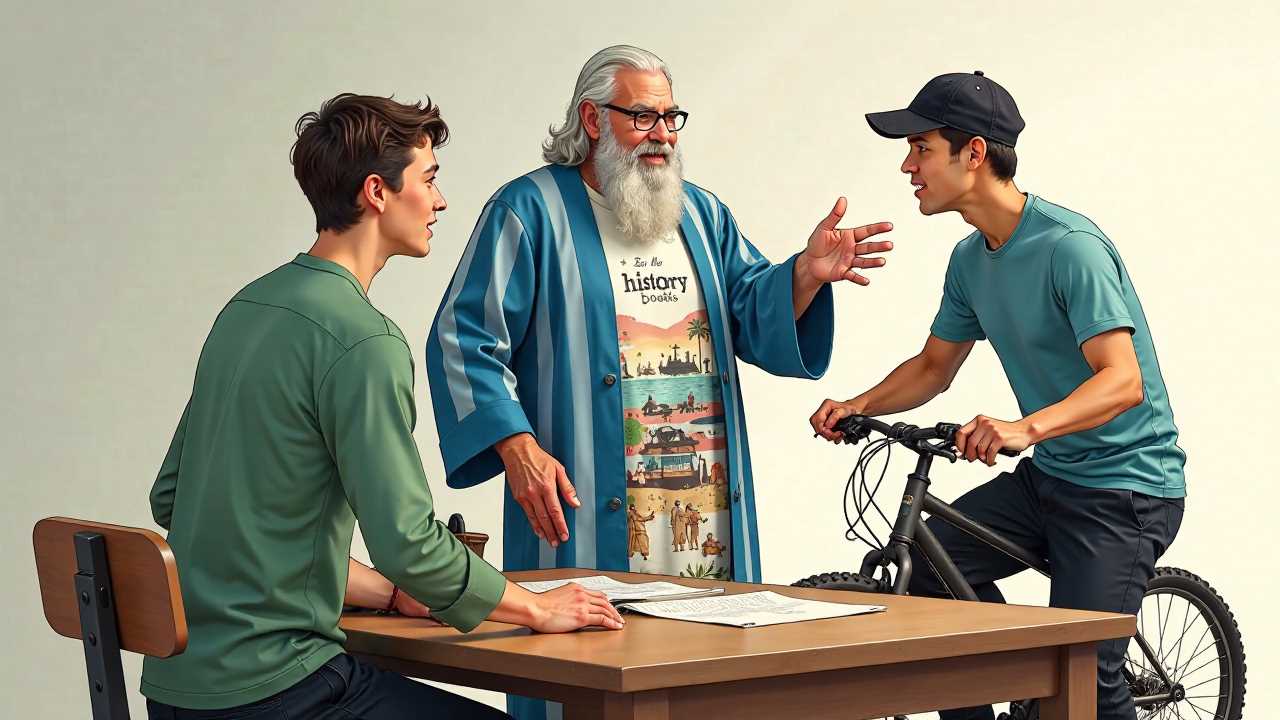
Virtual history reenactments are revolutionizing the way we engage with our past, merging education with technology to create an immersive experience that captivates learners of all ages. By utilizing advanced simulation techniques, these reenactments allow participants to step into historical events, providing a unique opportunity to understand and appreciate our heritage in a way that traditional methods cannot achieve.
The Power of Immersive Experiences
Immersive experiences are at the heart of virtual history reenactments. Through the use of virtual reality (VR) and augmented reality (AR), learners can find themselves in the midst of significant historical moments, interacting with their environment and the characters that shaped history. This level of engagement fosters a deeper emotional connection to the material, making it easier to retain information and understand the complexities of historical events.
Simulation as a Learning Tool
Simulation plays a crucial role in virtual history reenactments, allowing participants to experience the consequences of decisions made during pivotal moments in history. By simulating various scenarios, learners can explore different outcomes based on their choices, promoting critical thinking and problem-solving skills. This hands-on approach not only enhances understanding but also encourages a more profound respect for the complexities of our shared past.
Storytelling: The Heart of History
At its core, history is about storytelling. Virtual history reenactments leverage this by weaving narratives that bring historical figures and events to life. Through compelling storytelling techniques, participants are not just passive observers; they become active participants in the narrative. This engagement transforms history from a series of dates and facts into a vivid tapestry of human experience, making it relatable and memorable.
Enhancing Education with Technology
The integration of cutting-edge technology in virtual history reenactments has the potential to transform education. Educators can utilize these tools to create dynamic lesson plans that cater to various learning styles. By incorporating multimedia elements, such as 3D models, interactive timelines, and immersive environments, students can explore history in a way that is both engaging and informative. This approach not only enhances retention but also ignites a passion for learning about the past.
Preserving Heritage Through Innovation
As we embrace technology, it is essential to remember the importance of preserving our heritage. Virtual history reenactments serve as a bridge between the past and the future, ensuring that significant events and cultures are not forgotten. By creating digital archives and interactive experiences, we can safeguard our history for future generations, allowing them to learn from the past while appreciating the richness of their cultural heritage.
In conclusion, virtual history reenactments are a powerful tool for education, combining immersive experiences, simulation, and storytelling to create a confident and engaging learning environment. As technology continues to evolve, the potential for these reenactments to transform our understanding of history is limitless, paving the way for a future where learning about our past is as dynamic and engaging as the events themselves.
 Family Craft ProjectsHome ImprovementCooking and BakingReuse and RecycleDIY GiftsEco-Friendly ProjectsDIY Home SolutionsSeasonal ActivitiesFun and GamesLearn TogetherPrivacy PolicyTerms And Conditions
Family Craft ProjectsHome ImprovementCooking and BakingReuse and RecycleDIY GiftsEco-Friendly ProjectsDIY Home SolutionsSeasonal ActivitiesFun and GamesLearn TogetherPrivacy PolicyTerms And Conditions
